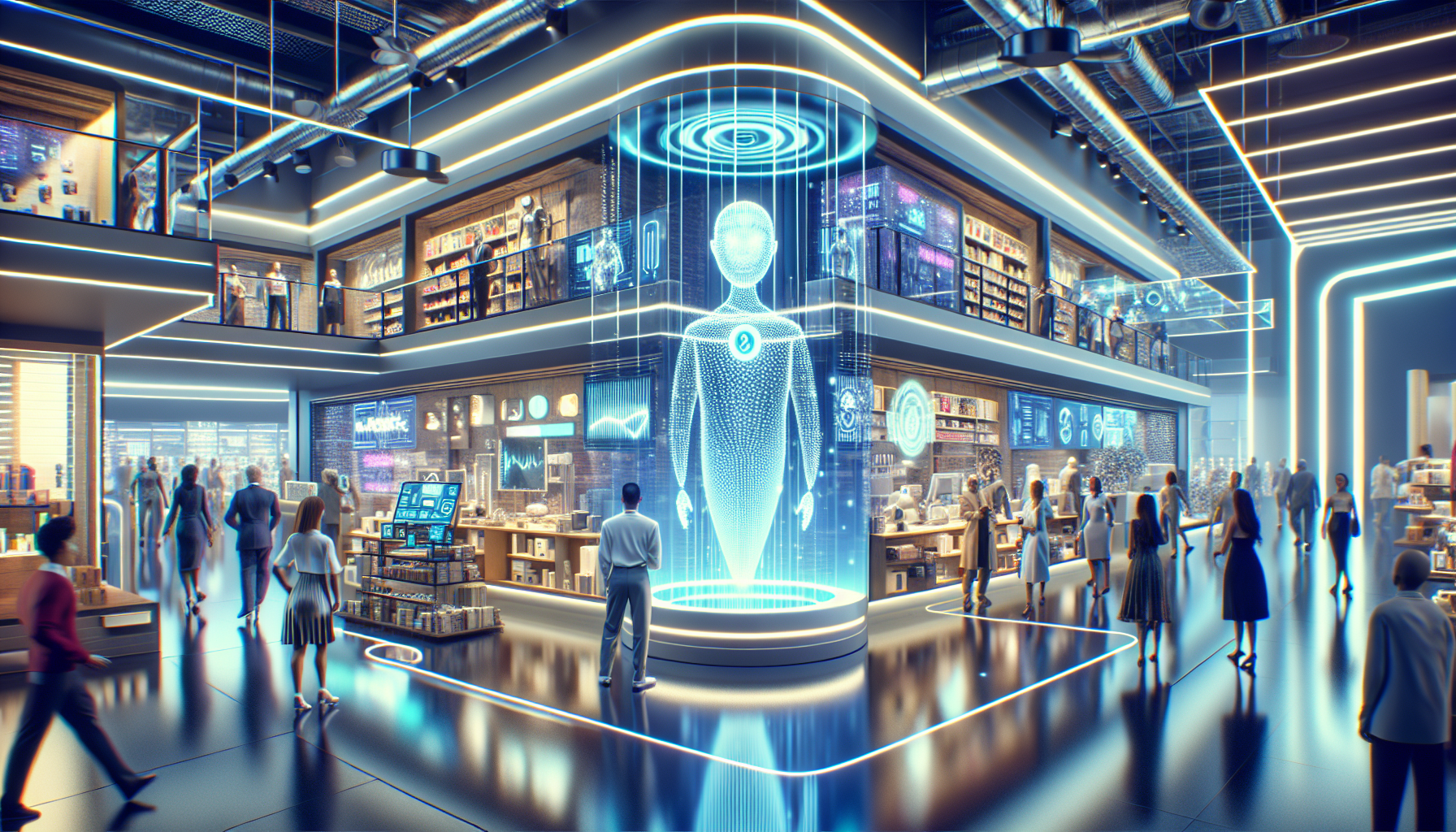Retail Chatbots for Businesses - 2025
Retail chatbots in 2025 are not just customer service add-ons—they are central to how retailers engage, support, and retain customers. Advances in artificial intelligence and automation have redefined chatbot capabilities, making them core to both customer experience and backend operations.
Key Trends and Developments
Retailers are leveraging the latest advancements in AI and automation to create chatbots that are more sophisticated, personalized, and efficient. Some of the key trends and developments shaping the retail chatbot landscape in 2025 include:
Generative AI Powers Chatbots
Retailers now deploy chatbots enhanced by generative AI, enabling more natural, human-like conversations and sophisticated problem-solving. These chatbots can generate personalized product recommendations, answer complex queries, and even help with creative tasks like product ideation and content creation.
Omnichannel Integration
Consumers expect seamless experiences across physical stores, mobile apps, websites, and social channels. Retail chatbots are now designed to function across all these platforms, ensuring unified support and engagement wherever customers interact with the brand.
Empathy and Personalization
With increasing reliance on chatbots as primary customer touchpoints, retailers are prioritizing empathetic, fast, and effective chatbot interactions. The focus is on balancing automation with personalization to reduce customer frustration and prevent issues like cart abandonment or loss of loyalty.
Backend Automation
Beyond customer-facing roles, chatbots and AI automate backend processes such as inventory management, logistics, and demand forecasting. These tools help retailers quickly adapt to market changes, reduce operational costs, and optimize the supply chain.
Voice and Visual Capabilities
Chatbots are increasingly voice-enabled, allowing for hands-free interactions. Some also offer visual search and product image manipulation, further enhancing the shopping experience.
Market Growth and Business Impact
The market for AI-powered chatbots continues to expand rapidly in 2025, with retailers moving from experimental pilots to large-scale deployments that deliver measurable benefits. Retailers report significant improvements in efficiency, accuracy, and speed for tasks like product catalog management, customer support, and onboarding new products.
Challenges and Considerations
While chatbot technology has matured, user experience remains a challenge. Poorly designed bots can still frustrate customers, highlighting the need for ongoing improvements in conversational design and escalation to human agents when necessary. Brands must ensure that chatbots reflect the company’s values and provide a consistent, empathetic experience to build trust and loyalty.
Best Practices for Implementing Retail Chatbots
To get the most out of retail chatbots, businesses should:
- Design intuitive and empathetic conversational experiences
- Ensure seamless integration across all retail channels
- Leverage generative AI for personalized product recommendations and problem-solving
- Automate backend processes to optimize operations and reduce costs
- Continuously monitor and improve chatbot performance to prevent customer frustration
By following these best practices, retailers can unlock the full potential of chatbots and create a competitive edge in the market.
Conclusion
In 2025, retail chatbots are sophisticated, AI-powered systems driving both customer engagement and operational efficiency. Success depends on designing experiences that are intuitive, empathetic, and seamlessly integrated across all retail channels, ensuring that technology enhances—rather than hinders—the customer journey. As retailers continue to push the boundaries of chatbot capabilities, it's essential to stay informed about the latest developments and trends in this rapidly evolving space.
For more insights on the future of AI and automation, check out our article on Advanced Large Language Models (LLMs): New versions like GPT-4.5, Claude 4.0 and Mistral Large 2 are pushing boundaries.
Read Next
- Automated Customer Service Examples with Case Studies
- Demystifying GPT Models: Leveraging Advanced AI for Business Innovation
- The Revolutionary Impact of AI Agents on Business Operations
- How AI Email Campaign Optimization Boosts SaaS Conversions
- Ethical AI Development: Building Responsible Solutions for Tomorrow's Business Challenges

